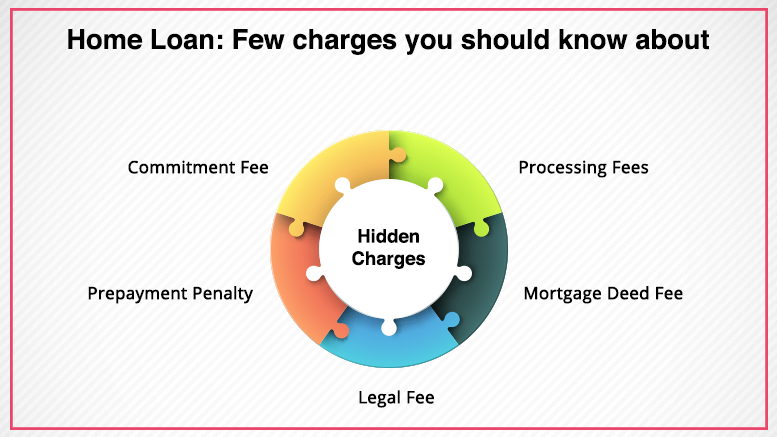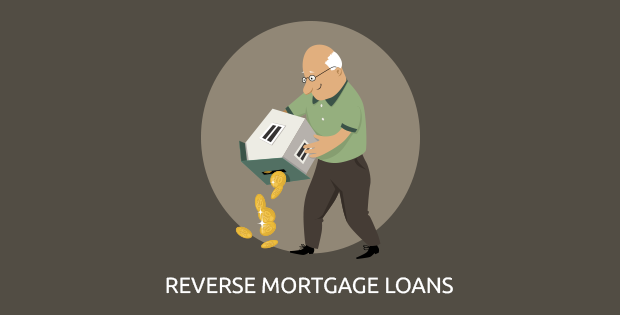
- About Us
- OUR OFFERINGS
- CALCULATORS
- RESOURCE CENTRE
-
Quick Links
- Existing Customers Benefits
- Become a Partner
- Pre-Approved Projects
- Home Loan App
- Blog
- CSR
- Locations
- Roi Switch Policy
- Co-Lending Policy
- Co-Lending Partnerships
- Customer Sensitization Program
- ROI Range
- Borrower Education - SMA/ NPA classification
- Borrower Awareness - RBI Ombudsman Scheme
- Borrower Awareness - procedure for handover of property documents
- NEWS CORNER
-
INVESTOR RELATIONS
- Financial Reports
- Investor Presentations
- Annual Reports
- Notices
- ESG Profile
- IEPF
- Investor Call Transcript
- Corporate Announcement
- Public Issue of NCD'S
- Qualified Institutional Placement
- Investor Relations Contact
- ISO CERTIFICATIONS
- Forms for Shareholder KYC-PAN-Nomination update
- Credit Ratings
- Statutory Advertisements
- ODR Portal
- Rights Issue
- Sustainable Financing Framework
- Disclosures under Regulation 46 of SEBI LODR
- CONTACT US
- Login
 Apply
ApplyOnline

India's 1st Completely Online Home Loan!
-
e-APPLY
-
e-SANCTION
-
e-DISBURSE
Start your eHome Loans Process Now!
Apply OnlineRules and regulations for home loan

- Mar 20, 2019
- VIEWS: 6342
When it comes to finance, the Reserve Bank of India serves as the Central agency that shapes and frames all the policies. Every lender, whether it is a bank, housing finance company or non-banking finance company is expected to follow the policies framed by the RBI. The same applies for borrowers who must keep the RBI guidelines in mind when they take on a loan or make an investment. The guidelines are also amended by the RBI from time to time on the basic of micro and macro-economic parametres. In this article, we shall take a look at the home loan rules and regulations in India, laid down by the RBI.
Home loans rules and regulations
General guidelines for lenders and borrowers: As per RBI guidelines, lenders may approval home loan applications of borrowers who meet the eligibility criteria, can display their repayment capacity and have a CIBIL or credit score of 750 and above. Lenders must also ensure that borrowers submit all the necessary documents including personal and income documents and those who agree to sign a document stating the loan repayment rules laid down by lenders.
Guidelines on loan to value ratio: In 2015, the RBI made amendments that impacted the loan amount that a borrower can avail. As per the new rules and regulations for home loans in India, borrowers may avail a loan amount of 90% of the actual value of the property if the property is valued at ?30 lakhs or less. In case of loan amounts exceeding ?30 lakhs but up to ?75 lakhs, the maximum LTV ratio can be 80%. In case an individual decides to purchase a home valued at ?75 lakhs and above by taking out a home loan, then the maximum LTV can be 75%.
Guidelines on prepayment charges: Home loans are typically high value loans that last for durations lasting from 10 to 30 years and borrowers must pay an interest rate on the principal loan amount. The interest component is generally a huge amount but this can be significantly reduced if one is able to prepay the loan, partially or completely before the chosen loan tenure. As per the latest rules and regulations on home loans, the RBI waived of the prepayment charges. Lenders are prohibited from charging a prepayment penalty for home loan prepayments in case of floating interest rates. Earlier, lenders could levy a 2% to 5% prepayment penalty.
Guidelines on home loan balance transfer: A home loan balance transfer allows the borrower to transfer from an expensive loan procured in the past (but still being repaid) to a loan that loan with a lower interest rate. As such, a borrower may foreclose an existing loan and take on a new one for the unpaid principal loan amount. With the prepayment charges being waived off, a borrower may switch to a new loan without worrying about incurring penalties. But it is important to note that this applies only to home loans with floating interest rates. Lenders may continue to charge a prepayment penalty ranging from 1% to 3% in case of home loans with fixed interest rates.
The RBI also recommends that individuals taking on a home loan opt for home insurance to secure the financial future of their family in the unfortunate event of their passing before the loan repayment process is completed. While this is not enforced by the RBI, it is recommended so that the dependants do not have to worry about not having a roof over their head in case of the passing of the borrower before the loan is repaid.
No Comments
Subscribe
Most Viewed Blogs
Categories
- Home Loans Guide 125
- Home Renovation Loan Guide 3
- Home Loan Transfer Guide 14
- Home Extension Loans Guide 1
- Loan Against Property Guide 28
- Home Loan Interest Rates Guide 2
- Others Guide 8
- Home Decor & Lifestyle Guide 5
- Plot Loan Guide 3
- PMAY Guide 5
- Uncategorized Guide 1
- NRI Home Loans Guide 5
- Financial Resolutions Guide 1
- New Year Resolutions Guide 1
Archives
- Mar 2020
- Jan 2020
- Nov 2019
- Jul 2019
- Jun 2019
- May 2019
- Apr 2019
- Mar 2019
- Feb 2019
- Jan 2019
- Dec 2018
- Nov 2018
- Jul 2018
- Jun 2018
- May 2018
- Apr 2018
- Mar 2018
- Feb 2018
- Jan 2018
- Dec 2017
- Nov 2017
- Oct 2017
- Sep 2017
- Aug 2017
- Jul 2017
- Jun 2017
- May 2017
- Apr 2017
- Mar 2017
- Feb 2017
- Jan 2017
- Dec 2016
- Nov 2016
- Oct 2016
- Jun 2016
- Apr 2016
- Mar 2016
- Feb 2016
- Jan 2016
- Dec 2015
- Nov 2015
- Oct 2015
- Sep 2015
- Aug 2015
- Jul 2015
- Jun 2015








